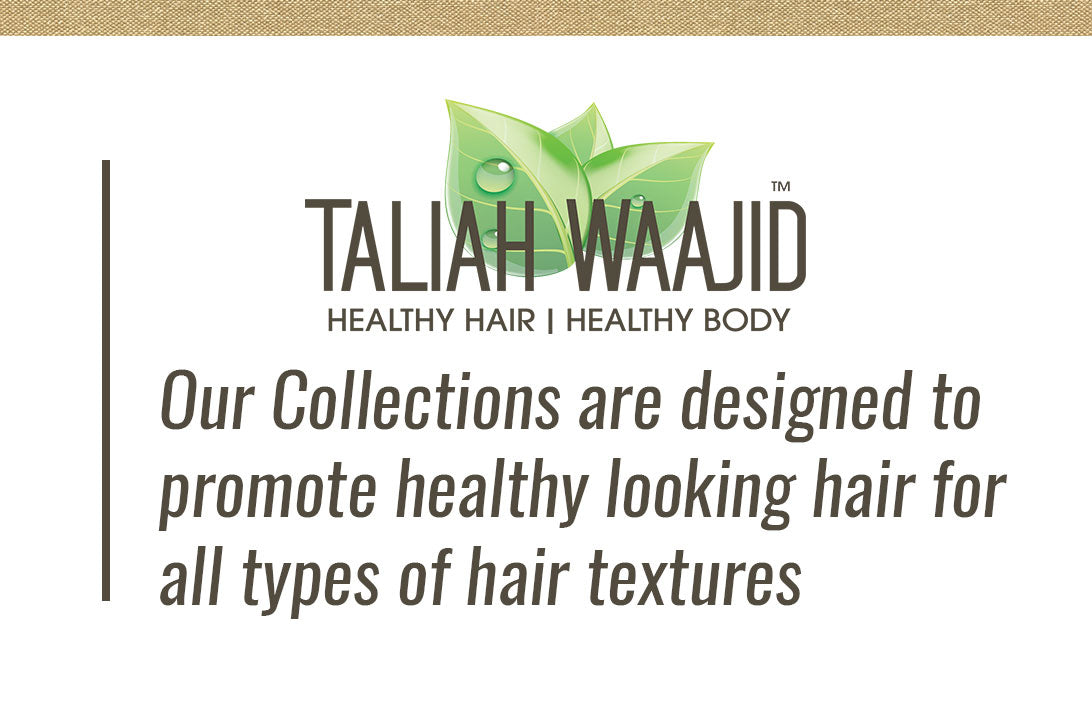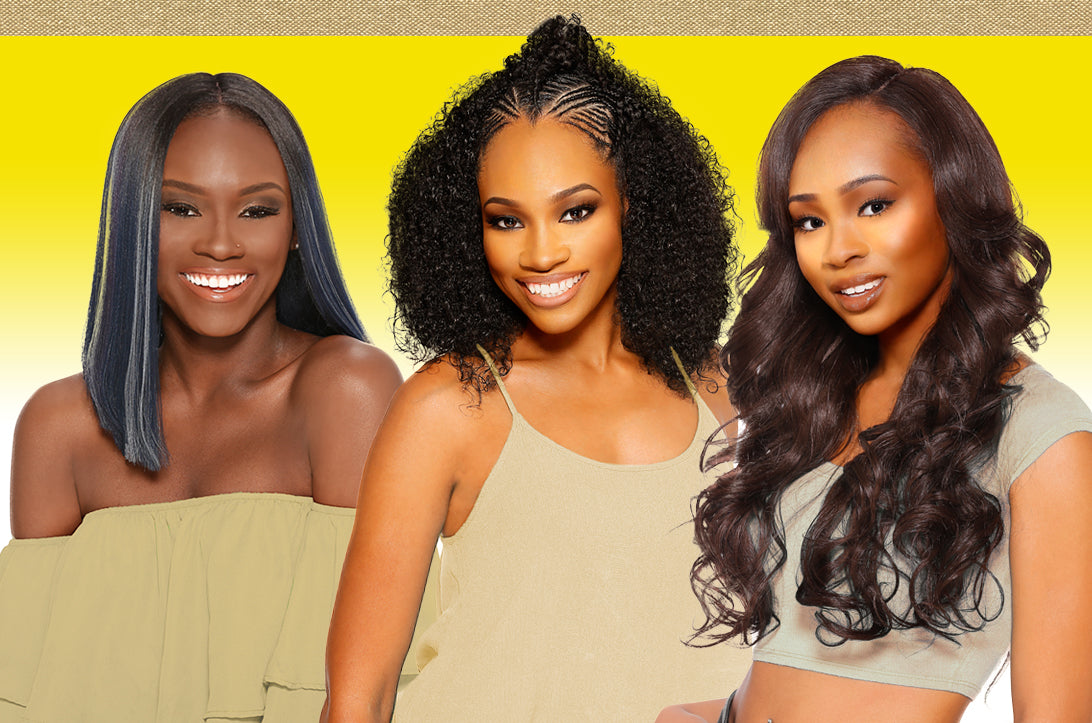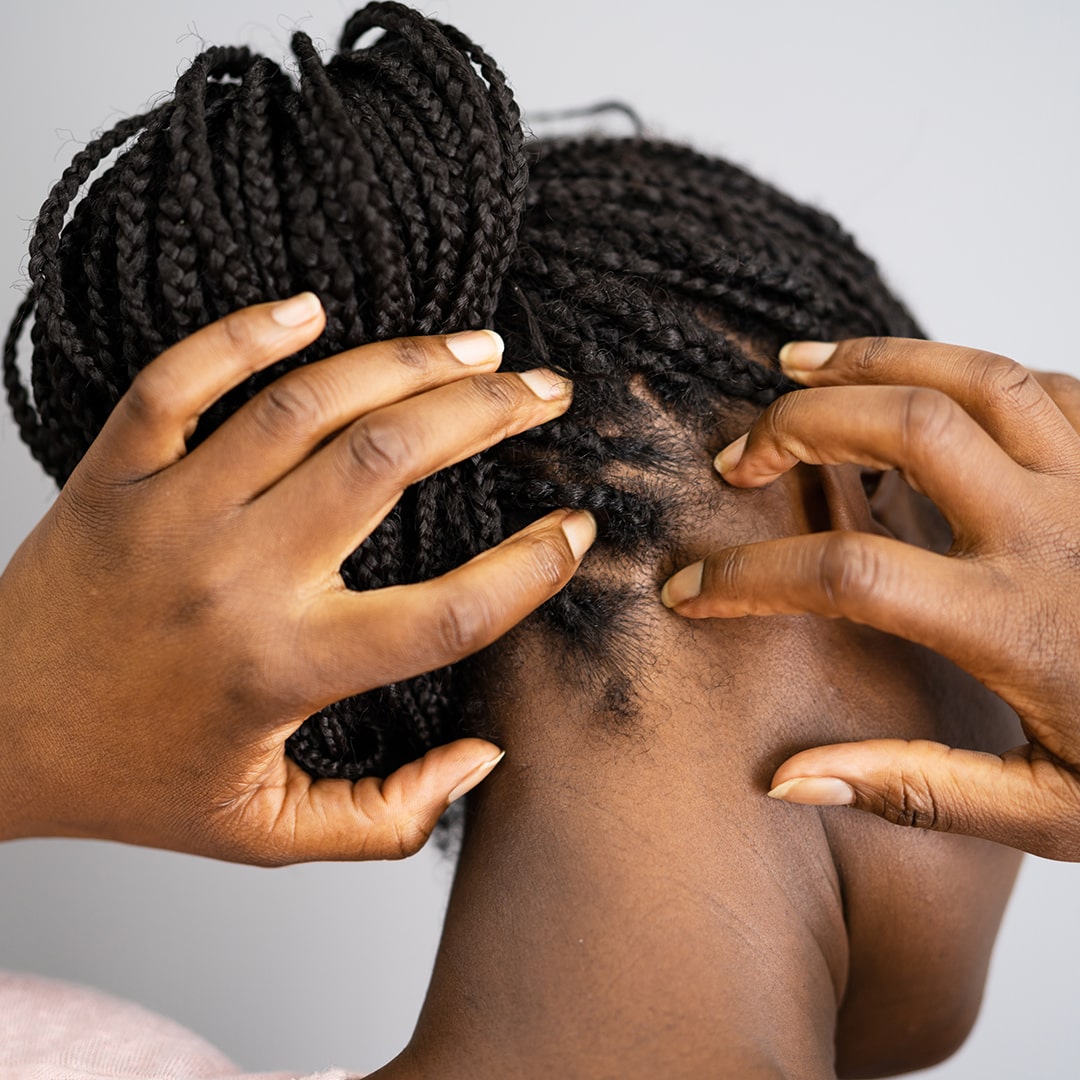Your scalp is where your hair and skin meet. It’s the extension of the skin on your face and body, and it holds the root of your hair. If you want healthy hair growth, the health of your scalp is vitally important. While we’ve published A Simple Natural Hair Regimen for Beginners (to Promote Growth) previously, we haven’t gotten into the nitty-gritty of scalp care. In this blog, we’ll address this complex portion of your body and how you can keep it in its best shape.
What Is Your Scalp?
The scalp is all the skin that covers your head, excluding your face. It’s home to thousands of hair follicles, but it’s also like the skin on the rest of your body. It changes over time and with age. The hair on your scalp will behave just like the skin on your face and body. It can dry out, get oil, become flake, or develop pimples. However, because it’s covered with hair, it’s often much more difficult for people to care for…but that doesn’t mean you should do it!
Daily scalp care is essential for both your skin and hair. When you care for your scalp in the right way, you remove dirt, debris, breakouts, and even certain types of hair loss. A healthy scalp is clear of flakes, irritation, dryness, or redness. There should be no signs of infection or disruption to the skin on the scalp.
This comes more easily to some than others. If you want to enhance your hair, consider getting to the root of the problem (no pun intended!) and making sure your scalp is in great shape.
What Problems Do Scalps Face?
Here’s a list of the most common scalp problems.
- Dandruff
- Seborrheic dermatitis
- Cradle cap
- Head lice
- Ringworm
- Folliculitis
- Psoriasis
- Lichen planus
- Male pattern baldness
- Alopecia areata
You may not have heard of most of these conditions, and others are common only in a specific subset of the population (for example, you probably haven’t thought about getting head lice since elementary school!). However, the best way to identify a scalp condition is to look at the symptoms. Common symptoms of scalp conditions include rashes, hair loss, hair thinning, weak hair, breakage, itchiness, scaly patches, pain, and tenderness.
However, even if you have no issues, that doesn’t necessarily mean you shouldn’t be carrying for your scalp. For example, just because you don’t have a pimple doesn’t mean you should never wash your face! All scalps need some TLC to help produce strong, healthy, hair. This is where a scalp care regime comes in.
Starting Your Scalp Care Regime
Most people don’t know where to start their scalp care regime because they’ve never had one. Unlike hair care or skin care, people aren’t often told to care for their scalp in a dedicated fashion. They may only address the issues if they come up, but they don’t do anything proactive.
If you’re feeling overwhelmed by the prospect of adding something new to your daily to-do list, there’s good news. A scalp hair routine doesn’t require a daily commitment. A scalp hair routine combines skin care (daily) and hair care (weekly) routines. As a result, you should work to integrate it into your existing hair care regime at a weekly, bi-weekly, or monthly rate depending on what’s optimal for your scalp and hair type. It may take some trial and error before you establish a set routine.
If you’re not sure how frequently to do it at first, we recommend bi-weekly scalp treatments for those with healthy-to-normal scalp conditions. You can do it monthly but that should be the minimum.
What is a Healthy Scalp Care Regime?
Here are the steps for an effective scalp care routine.
1. Apply a scalp mask or oilFind a scalp mask or oil that you want to use on your hair. The best product you will depend on your scalp’s needs. So, you may want something that helps hydrate if you’ve noticed your scalp is dry and itchy. Or perhaps you’re hoping to grow out your hair and add some length. If that’s the case, then you’d want a product that targets growth.
If you’re looking for a product to help hair growth, we recommend the Scalp Care Follicle Therapy Treatment Masque. Apply the mask or oil to your hair while it’s dry and unwashed.
2. Massage your scalpOnce you’ve applied the mask, spend a few minutes massaging it into your scalp. This massage helps to stimulate the blood flow to your scalp, which will deliver nutrients to the follicles in the blood supply. It can also help to remove waste products and toxins from your scalp. Take your time and really work it into the skin all over your head.
After you’re finished massaging, let it sit for the processing time. Overnight is even better if you have time! If possible, we recommend sleeping in the treatment overnight. Dedicate a pillowcase to your scalp treatments so you won’t ruin all your linens! If sleeping in the product isn’t possible, no worries. Most products have a processing time of 15 to 30 minutes. The Scalp Care Follicle Therapy Treatment Masque requires a processing time of at least 20 to 25 minutes.
3. Lather up with shampooAfter your processing time is up, it’s time to shampoo the mask or oil out of your hair. How often you shampoo your hair will depend on your hair type. We’ll leave this up to you, but just remember to do your scalp mask 1-2 times per month before you shampoo. That’s normally one of the easiest ways to fit it into an existing hair care routine.
4. Apply conditionerApply conditioner to your hair (not your scalp). Conditioner is intended to soften up the cuticles of the hair. Because the scalp doesn’t have any cuticles, the conditioner can get buildup or irritation from conditioners. It’s best to apply conditioner to just the lengths of your hair.
5. Finish with a serumCurly girls know how important hydration is. Finish off your routine with a serum that promotes your hair’s overall health or any specific concerns you have with your scalp. The Scalp Care Follicle Therapy Growth Treatment is a great option if you’re looking to enhance your hair growth and repair. You can apply this oil day to reduce breakage, prevent hair loss, and increase blood flow.
Healthy Scalp Tips
A scalp care regime is just one tip that can keep you flake, breakout, itchiness, and redness free. Here are some others you should keep in mind as you’re learning to care for your scalp.
- Use gentle hair care products
Some hair products are harsh on the scalp. We recommend avoiding products that contain sulfates, alcohols, or fragrances. Sulfates will strip your hair’s natural oils, which makes it prone to dryness and irritation. Additionally, products that contain alcohol and fragrances suck the moisture out of your hair, leaving it frizzy, dry, and damaged.
- Apply SPF
Your scalp is skin, and your skin can get sunburned. Most people forget this until they head to the beach for the full day and suddenly find themselves crispy from scalp to toe. You’ll find it painful to come through your hair for the next several days as your scalp heals from the damage, and you’re likely to see flakes as your skin sloughs off its top layer. Nope — it’s not dandruff! It’s peeling skin from that sunburn.
To avoid this, make applying SPF along your part or to areas where your hair is thinner part of your daily routine. You can also wear a hat when you’re exposing your hair to the sun for prolonged periods.
- Shampoo the correct amount
This is a “Goldilocks” situation for sure. You shampoo too much, and you can shampoo not enough. You need to find out what’s “just right” for your hair, so your scalp remains clean and healthy without stripping it of its oils. The goal of shampooing is to cleanse your scalp (not your hair). Your scalp is a living, oil-producing, sweat-secreting, skin cell-shedding tissue. Don’
- Eat a balanced diet
Just like the rest of your skin and your hair, nourishing your body correctly helps your scalp thrive. Eat a balanced diet and drink plenty of water for optimal scalp health. Here are some of the best foods you can be eating: salmon, beef, prunes, green tea, carrots, eggs, dark green leafy vegetables, and brown rice.
- See a dermatologist for any redness, discomfort, or hair loss
If you’re seeing a prolonged issue with your scalp, don’t hesitate to make an appointment with a dermatologist. There may be an underlying condition that’s causing you to experience these symptoms that no amazing scalp care regime will help address.
Final Thoughts
If your scalp needs a little bit of TLC, use the tips above to incorporate a scalp care regime into your existing hair care routine. Visit Taliah Waajid for more tips and high-quality products.
WRITE FOR US
Think you've got a fresh perspective that will challenge our readers to engage and educate themselves on how to attain a healthier self, hair and skin included? We're always looking for authors who can deliver quality articles and blog posts. Thousands of men and women will read your work, and you will level up in the process.
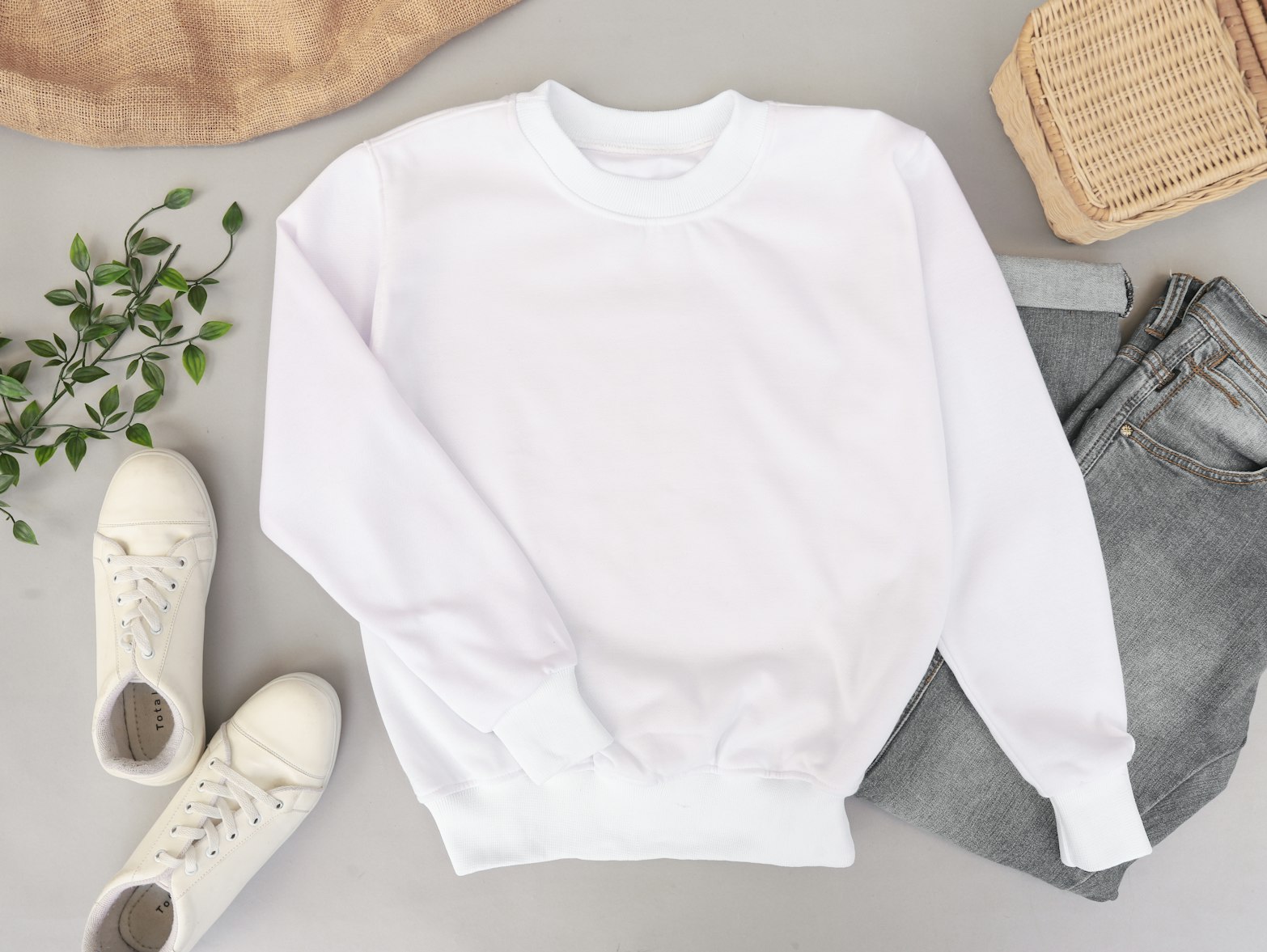
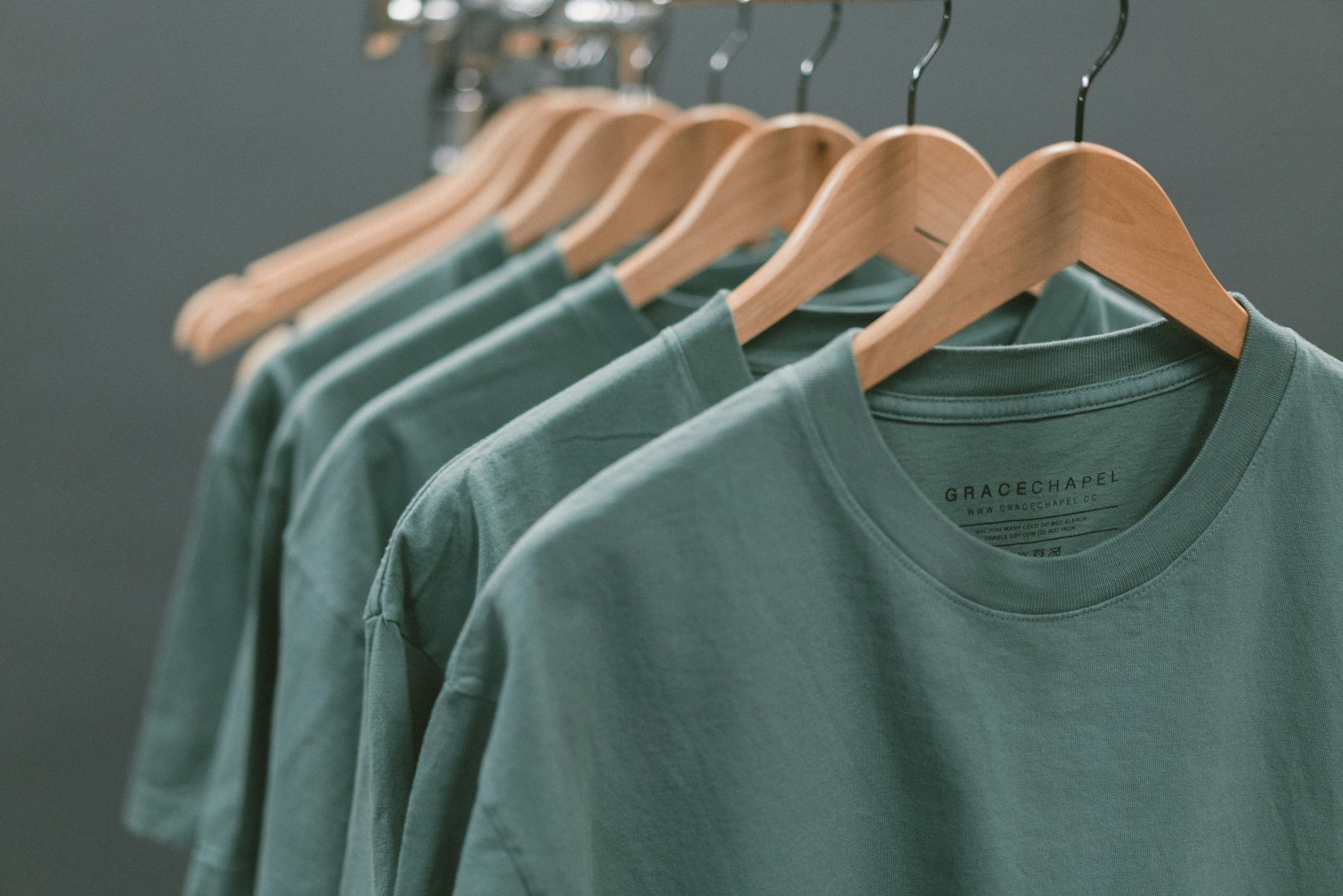
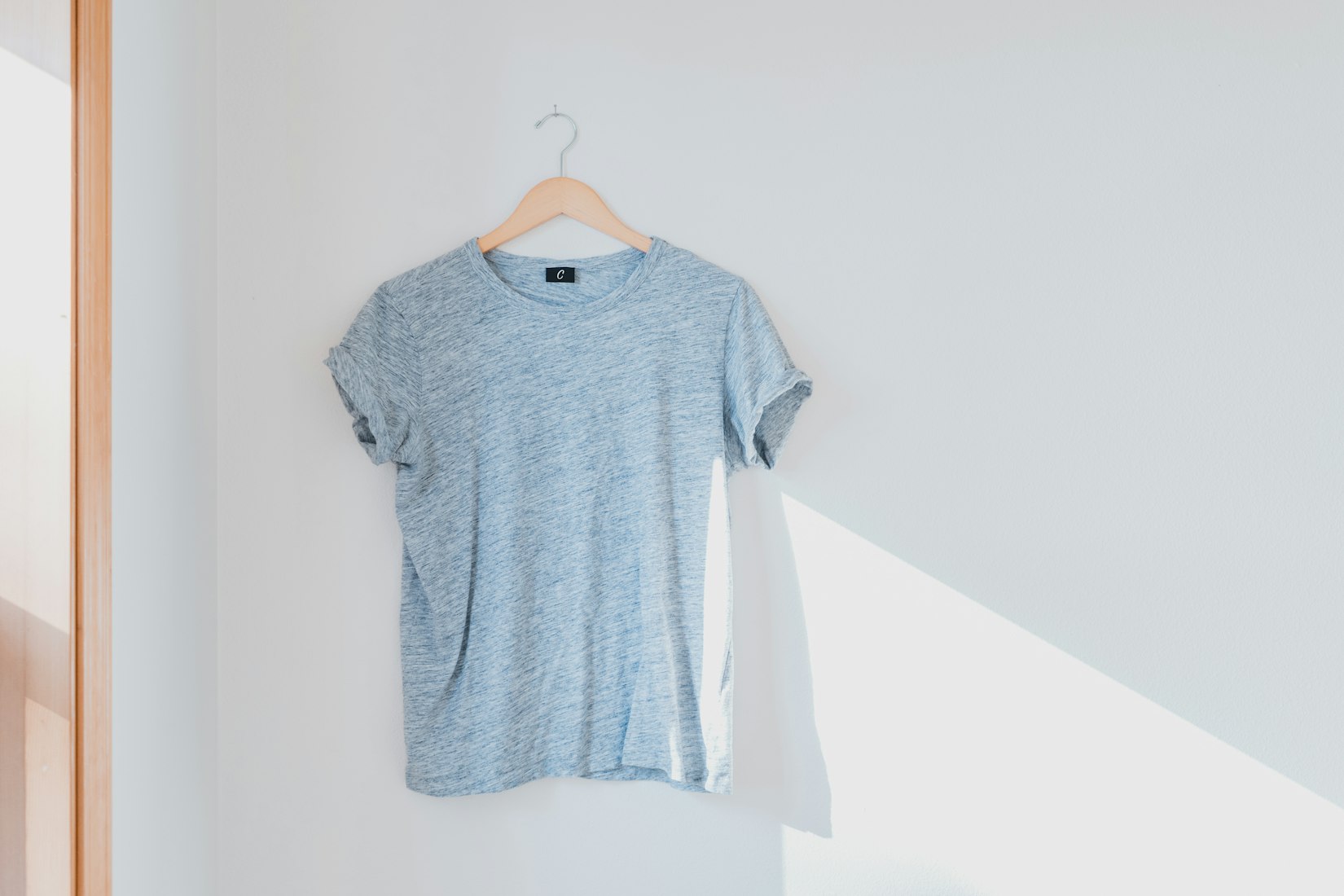
 English
English Arab
Arab
